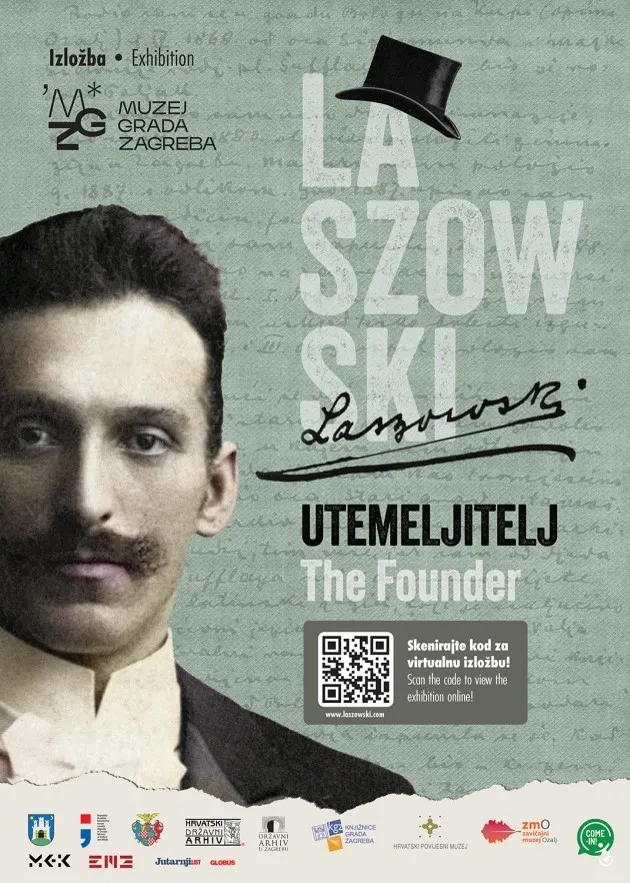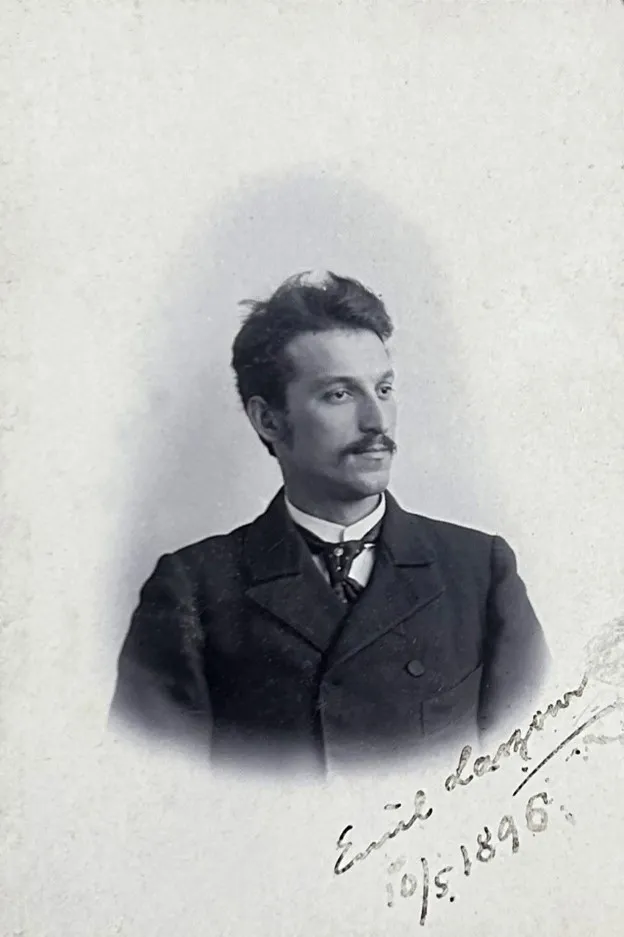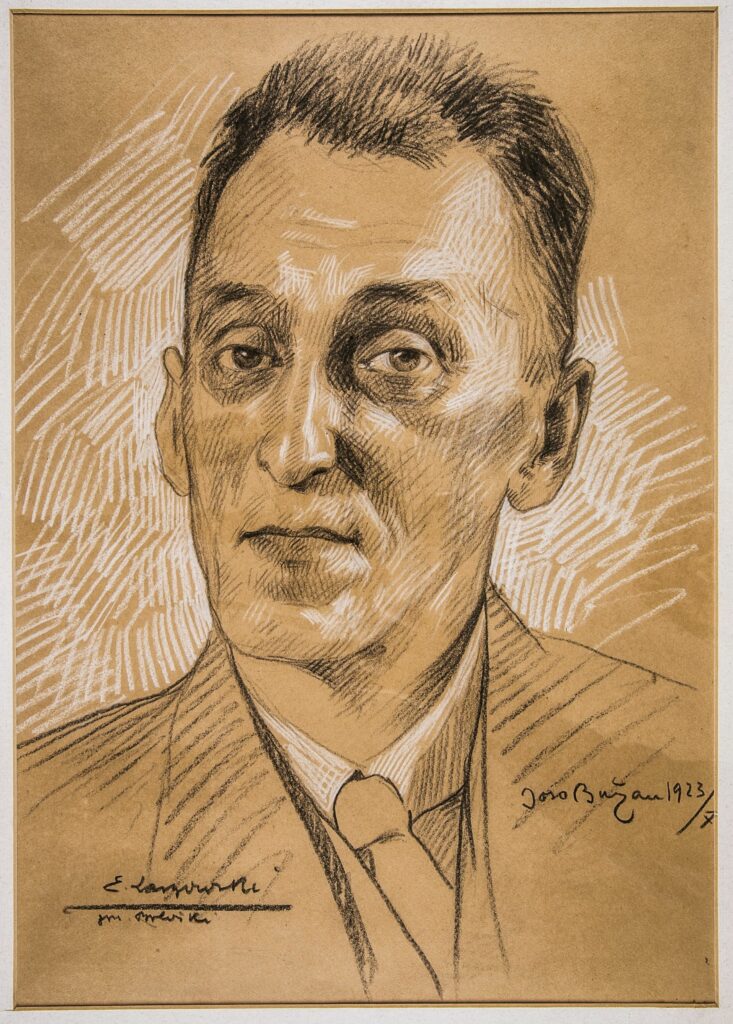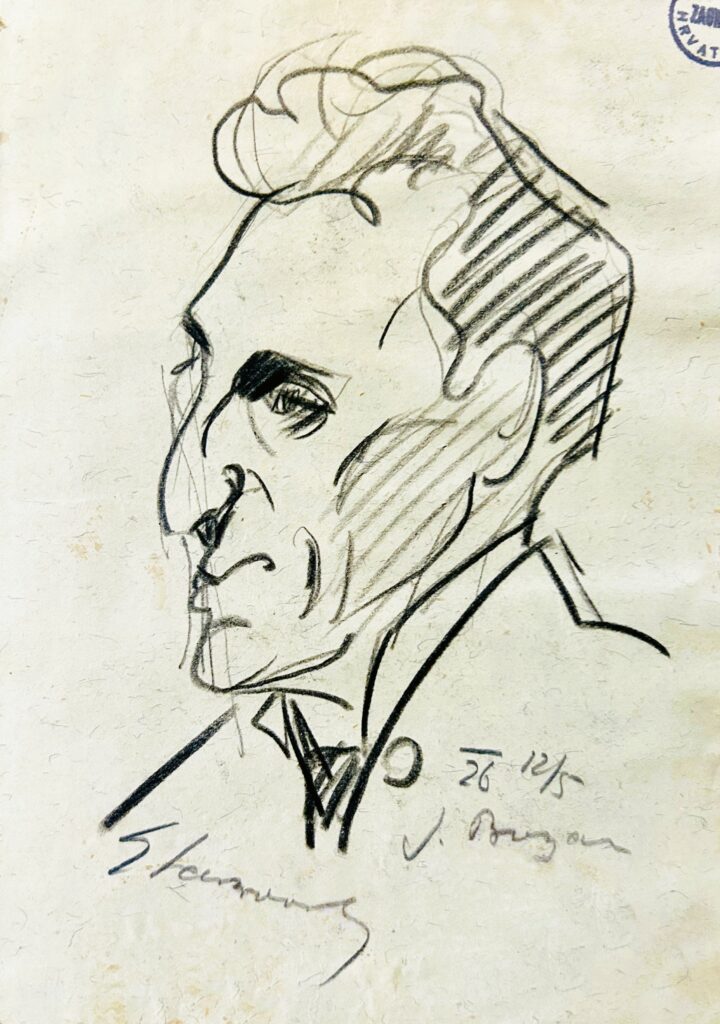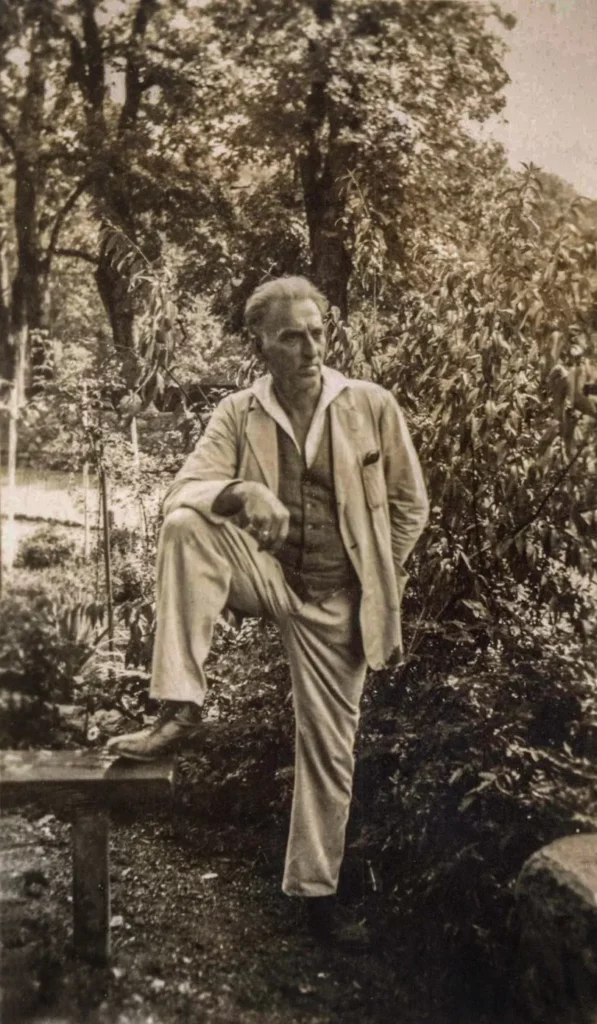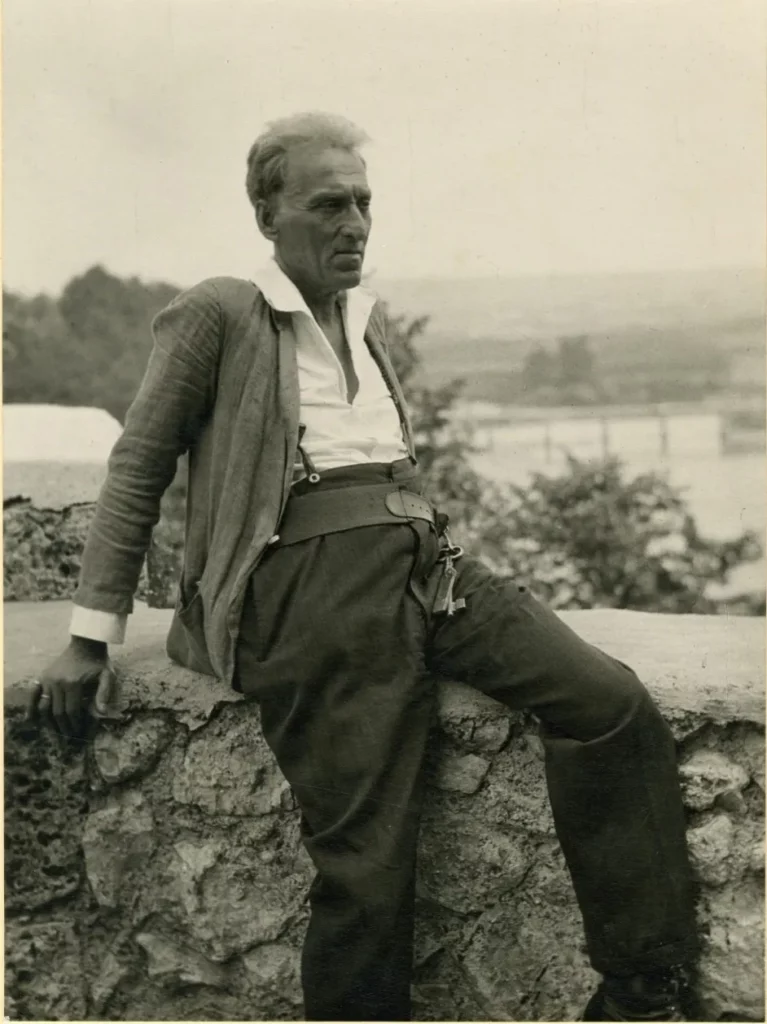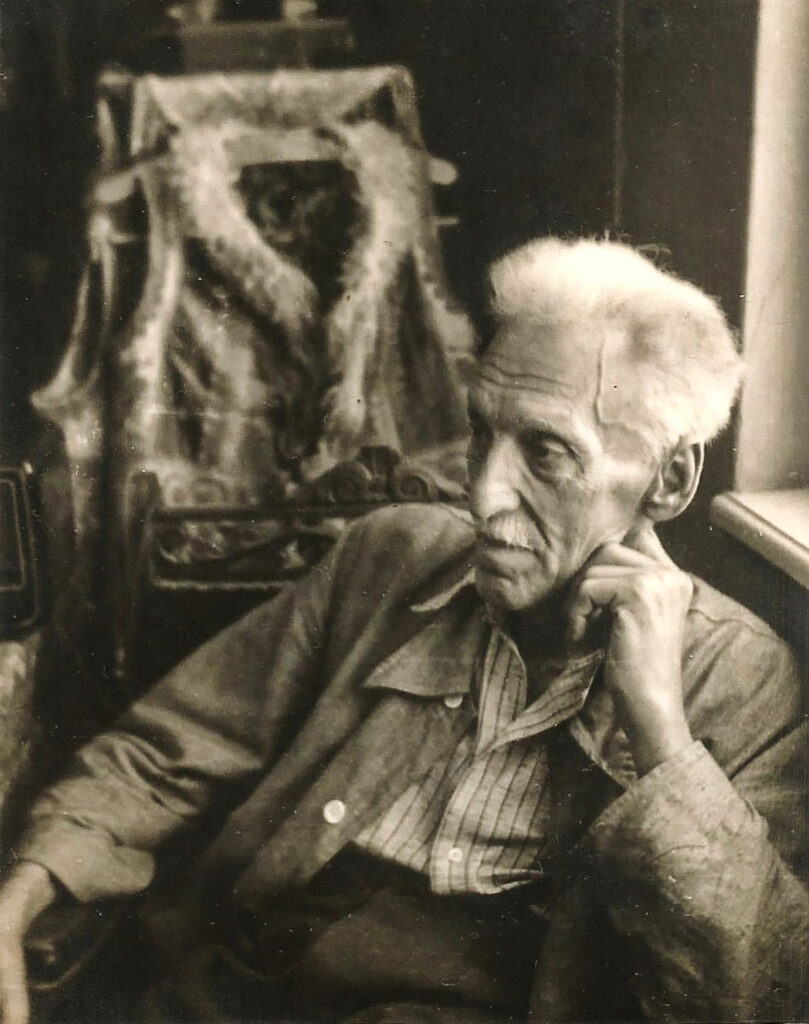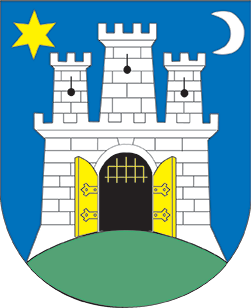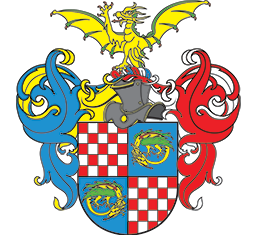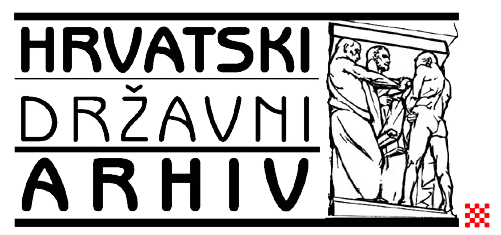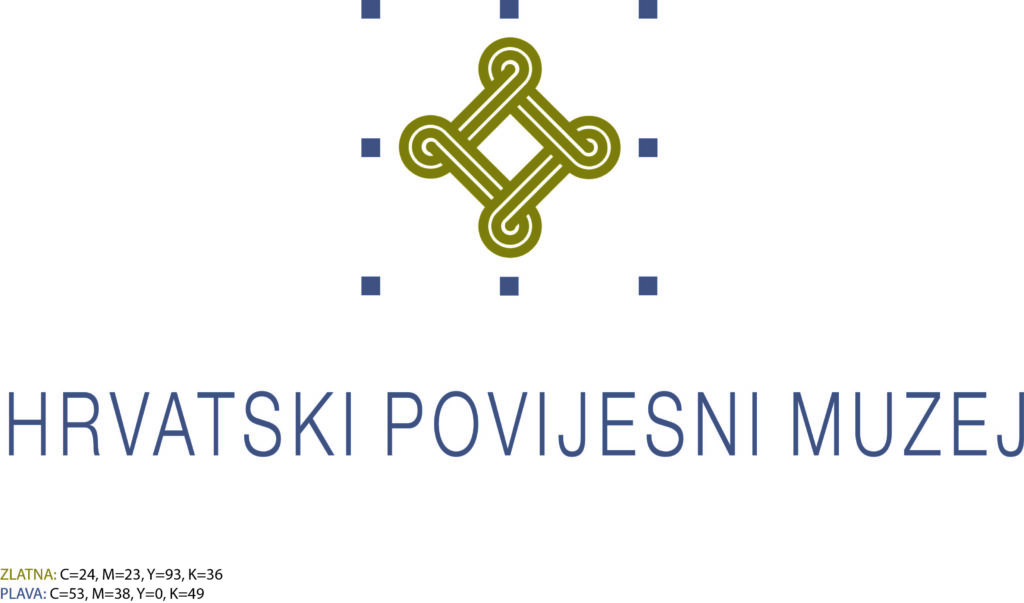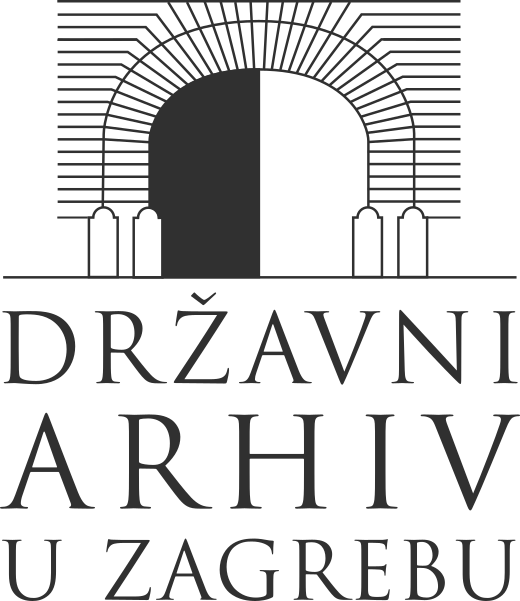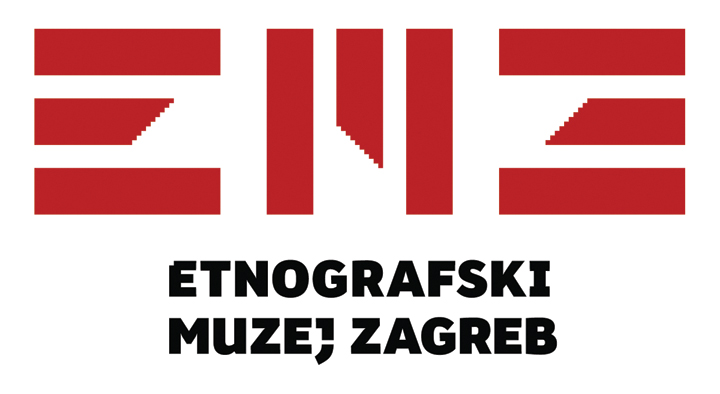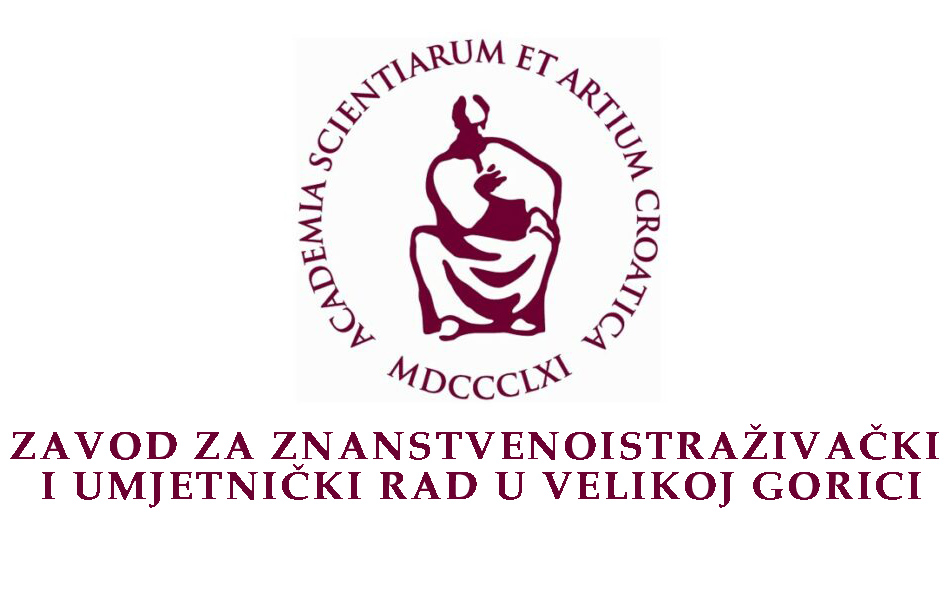0. Laszowski, the how and the why?
…we, who surround ourselves around You, know that we surround ourselves around a man of remarkable and great virtues, a heart of gold and a boundless soul.
(V. Deželić Sr., 1928)
It goes without saying that fascination with the character and work of Emilij Laszowski was an ongoing theme often repeated during preparation of this exhibition, and so was the question – how is it possible that the general public actually knows so little about him?
Because there are few people who could be compared to him.
The efforts so far to record his work, evaluate it, encourage further research – by means of exhibitions, professional and scientific conferences, published works, but also an initiative to name at least one street in Zagreb, especially in the Upper Town, after him (and which has yet to transpire) have been praiseworthy … And yet, Laszowski is still mostly mentioned only on special anniversaries.
As a superior intellectual and an exceptional scholar, by acting and encouraging others, performing numerous actions and publishing thousands of works, he marked the cultural and public life of Zagreb from the end of the 19th century and in the first half of the 20th century. He devoted his life creation to the Croatian history and heritage including that of Zagreb.
Born in 1868 in the town of Brlog na Kupi, in a noble family and ending his earthly journey in Zagreb in 1949, his entire life and work unfolded during a period of formation of national institutions of the new Croatian society, which was important for Zagreb and Croatia.
He was the founder, initiator, first director, manager and first curator of the Zagreb City Museum (the first director and manager and first curator of the Zagreb City Museum.) Therefore, an idea to tell the story of this extraordinary person on the virtual pages of the Zagreb City Museum imposed itself as a duty, not just a necessity. We owe the existence of our museum to him, therefore making the name of the exhibition completely clear and justified: Laszowski – the Founder.
However, this is just one of the many roles in his life built of many layers and backed by an exceptional work ethic – he was versatile, inventive and an excellent organiser. The intertwining of various interests and actions is essential of his character and it is simply not possible to single out just one segment.
He was a lawyer by profession and by vocation a historian, a culture professional, an archivist, a long-time director of the Croatian State Archives, founder and the first Grand Maister of the “Brethren of the Croatian Dragon” Society.
However, the emphasis of the exhibition is placed on a lesser-known segment of his work, on the initiative and establishment of the City Museum. His role as the founder is presented through collection of objects and his management in the so-called founding phase of the Museum, from 1907 to 1925.
Laszowski was 28 years old when these photos were taken. He had graduated from law school and had already been employed at the Land Archives for five years. He was married and had a daughter. He rented an apartment in Zagreb, and his hometown, the noble old town of Brlog, had already been sold and almost completely demolished. That unfortunate event would mark his entire life.
As a collector of museum objects and a curator he was aware of the importance of preserving heritage that was being wasted or decaying before his eyes in basements and attics of civil and noble houses, state and religious buildings or during construction of new buildings, discovering previously unknown archaeological sites.
Creation of the holdings of the City Museum was entrusted to a true museologist at heart, the one who felt that certain objects carry not only parts of the personal history of their owners, but that they are part of a broader picture – the history of Zagreb. Hence, sensitizing the public regarding the necessity of preservation of all the testaments of the past was in the focus of his work, some sort of a calling.
A tireless traveller who loved fieldwork, he explored Croatian regions, writing about their history and people, saving many historical sites and vistas from oblivion.
In today’s world marked by fast movement of information and ephemerality of sensations, it is fascinating that thousands and thousands of pages of Laszowski’s body of work were created with the stroke of a pen and ink and later on one of the first typewriters.

0.5: Emilij Laszowski in a nobility dress uniform
Atelier Danica, Zagreb, 1906
Laszowski, 38 years old at the time, was a high-ranking public and culture professional and the first Grand Maister of the “Brethren of the Croatian Dragon” Society, founded a year earlier.
OP
It is a body of work that fascinates both due to its sheer scale as well as diversity, and even today, many experts such as archivists, historians, art historians, conservators, archaeologists, museologists and others draw from this well of information after more than seventy years since his death.
In everything he did he injected an incredible dose of energy and enthusiasm, a desire to do a job well. A distinct character, aura and charm emanate from everything he did and we get to know him as a man who loved his vocation, all of his many roles and his rich social life.
The virtual exhibition was designed in a way to attempt to touch upon segments of his life through 16 themes, from birth and growing up, family relations, education, love and friendships , to other, in addition to the aforesaid, different roles and jobs that he performed with dedication – director of the Archive of the City of Zagreb and the Library of the City of Zagreb, temporary president and secretary of the Voluntary Rescue Society of Zagreb, curator of the Archives of the Cathedral Chapter of Zagreb, member of the Land Office for the Preservation of Art and Historical Monuments in the Kingdoms of Croatia and Slavonia and many other….
The word to touch was not chosen by chance. The range of his work and interests is so broad, complex and completely incredible that with this exhibition we literally barely touched upon some parts of his life and some roles and work… It is an open, unfinished story.
0.6: Emilij Laszowski
Ivan Tišov, 1911
The portrait was painted by Ivan Tišov (1870 – 1927), one of the most important Croatian painters of the late 19th and early 20th century. At the time when the painting was made Laszowski was 43 years old. In addition to his regular work at the Land Archives, he had already managed three Zagreb city institutions – the City Library, Museum and Archive for four years.
MGZ
And that is why we are pleased to invite you to browse through the pages of published works of which he was the author and editor, through the medium of an online exhibition, to view numerous digitalised archival records, photographs, visual representations, newspaper clippings and multimedia records.
And by visiting the actual premises of the Zagreb City Museum, through the objects that he collected and donated to the Museum, many of which are exhibited in the permanent display, but also within a small exhibition which will cyclically transform throughout the year 2024, you get to know the character and work of Emilij Laszowski, the first director and curator of the Zagreb City Museum.
0.12: Emilij Laszowski in the garden of the old town of Ozalj
Photographer unknown, Ozalj, 1931
In this photograph, Laszowski is 63 years old, in a light summer suit, elegant yet casual and focused. At that time Laszowski had already been director of the Land Archives in Zagreb for six years, and the old town of Ozalj had been owned by “Brethren of the Croatian Dragon” Society for several years. The town was being rebuilt, and Laszowski founded its museum, archive and library, which he managed until 1938.
ZMO
Recommended reading
We invite all, who inspired by this exhibition would want to learn more about Emilij Laszowski, to read the following works:
Petković, Milovan. Emilij Laszowski Szeliga (1868.- 1949.). Zagreb: Družba „Braća Hrvatskoga Zmaja“, 2000.
Petković, Milovan. Zmajska kronika I. Zagreb: Družba „Braća Hrvatskoga Zmaja“, 2020.
Petković, Milovan. Zmajska kronika II. Zagreb: Družba „Braća Hrvatskoga Zmaja“, 2020.
Stipančević, Mario. Neznani svijet Emila Laszowskog. Zagreb: Hrvatski državni arhiv, 2014.
Kolveshi, Željka. Stota obljetnica Muzeja grada Zagreba, 1907-2007 – Stoljetnica. Zagreb: Muzej grada Zagreba, 2017.
Stoljeće nakon Laszowskog: zbornik radova sa znanstveno-stručnog skupa (grupa autora). Zagreb, 2016.
Walking in the footsteps of Emilij Laszowski...
We would like to thank many individuals, partner institutions and collaborators, lenders of materials and partners who participated in the organization of accompanying events planned for 2024, by means of which the virtual exhibition will go into the real world and enrich not only the space of the Zagreb City Museum, but will also enter other buildings and spaces in Zagreb and beyond…
We are grateful to our expert collaborators on the exhibition, Mr. Milovan Petković and Mr. Mario Stipančević, the best connoisseurs of the character and work of Emilij Laszowski, whose published works on Laszowski guided and taught us, and their conversations inspired and encouraged further research.
ZCM museum advisor Željka Kolveshi, who is now retired, devoted a lot of consideration to Laszowski studying his character and work, and we will forever be grateful to her for her advice and for everything she has taught us over the years.
We would like to thank Mr. Stjepan Bezjak, author of the section of the exhibition Museum in Ozalj, director of Ozalj Heritage Museum, with whom we quickly found common ground and from whose museum we borrowed some materials.
We are extremely grateful to the Croatian State Archives, “Brethren of the Croatian Dragon” Society and the Croatian History Museum who are the main partners of the exhibition, without which the exhibition would not be possible and which lent numerous digitalised materials from their funds and collections.
Therefore, we thank the director of the Croatian State Archives, Dinko Čutura, and again Mario Stipančević, who is also the co-author of the section of the exhibition My Service, for their good will and immense help. Our big thanks also go to Mr. Mislav Grgić, the Grand Maister of the “Brethren of the Croatian Dragon” Society, for his very pleasant cooperation and dialogue; to Mrs. Matea Brstilo Rešetar, director of the Croatian History Museum, for her efficient and effective approach, and to our colleague Nikolina Šimunović, the curator of the same museum, for her help in selecting materials.
Furthermore, we would like to thank archival advisor Darko Rubčić and the director of the State Archive of the City of Zagreb Željka Dmitrus Purić, who, despite their building having been stricken by an earthquake, responded to our wish for their participation – as our closest neighbours and as an institution which was like the City Museum and the Library once managed by Laszowski.
We would like to thank the Zagreb City Libraries and as partners on the exhibition and for the use of digitalised materials of the Zagreb City Libraries.
We are pleased that several other museums joined the exhibition and became valuable collaborators either by lending materials or by being willing to organize accompanying events: the Ethnographic Museum Zagreb and the City Museum in Karlovac.
We would also like to thank Mr. Mladen Kuka, who had the first-hand contact with the Grand Maister of “Brethren of the Croatian Dragon” Society, as well as Petrina family, who allowed us to visit their private home built on the remains of the old Town of Brlog. They keep a memorial plaque dedicated to Emilij Laszowski on the front of the house, which was installed by the “Brethren of the Croatian Dragon” Society in 1998.
We are also grateful to Mr. Milovan Petković for lending us materials from his own collection, and to Studio Rašić and Damir Fabijanić, who gave us digitalised materials published in the works of Mr. Petković.
And finally, thank you to Mrs. Svjetlana Laszowski for her warm enthusiasm and letting us browse through her family’s personal archive.



